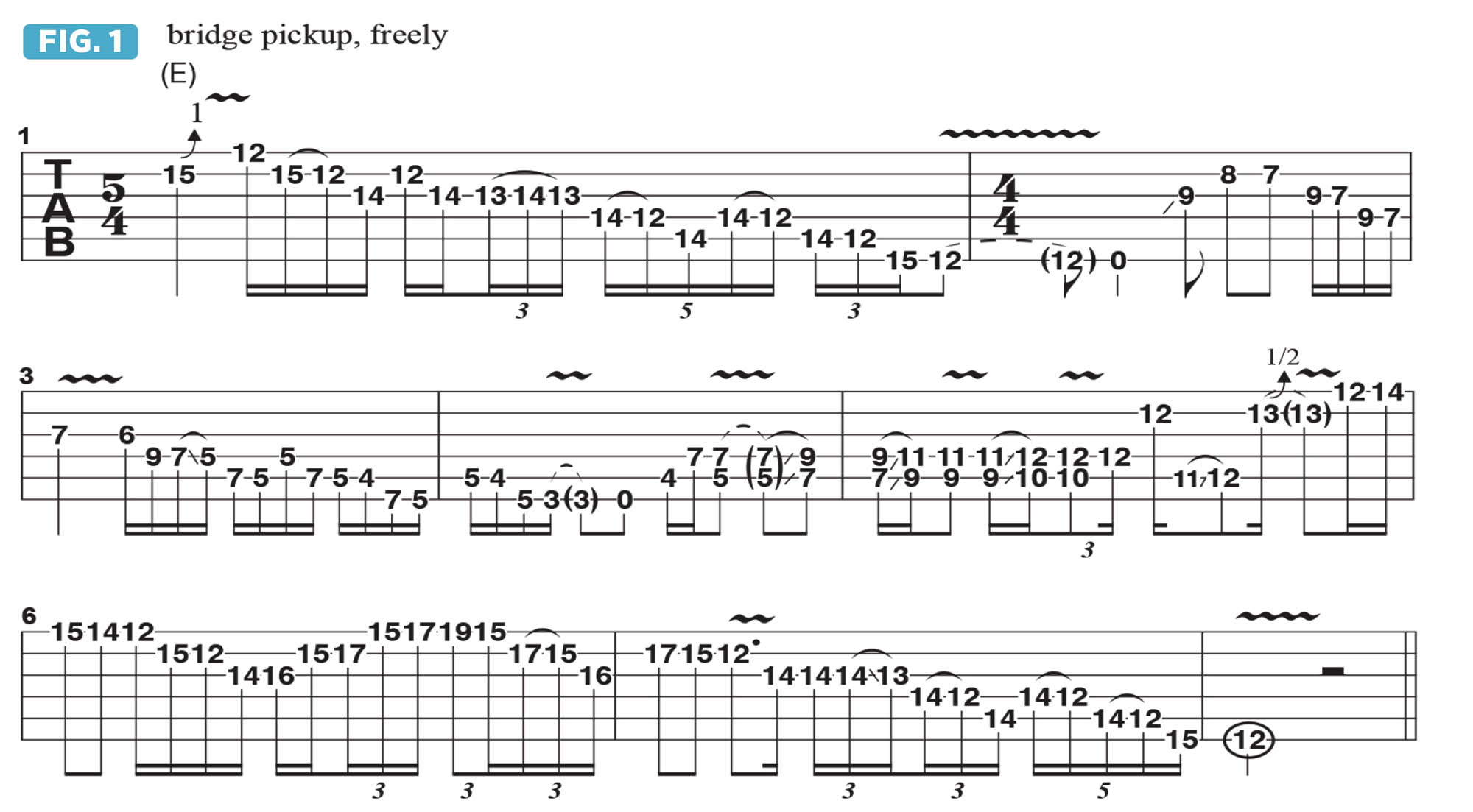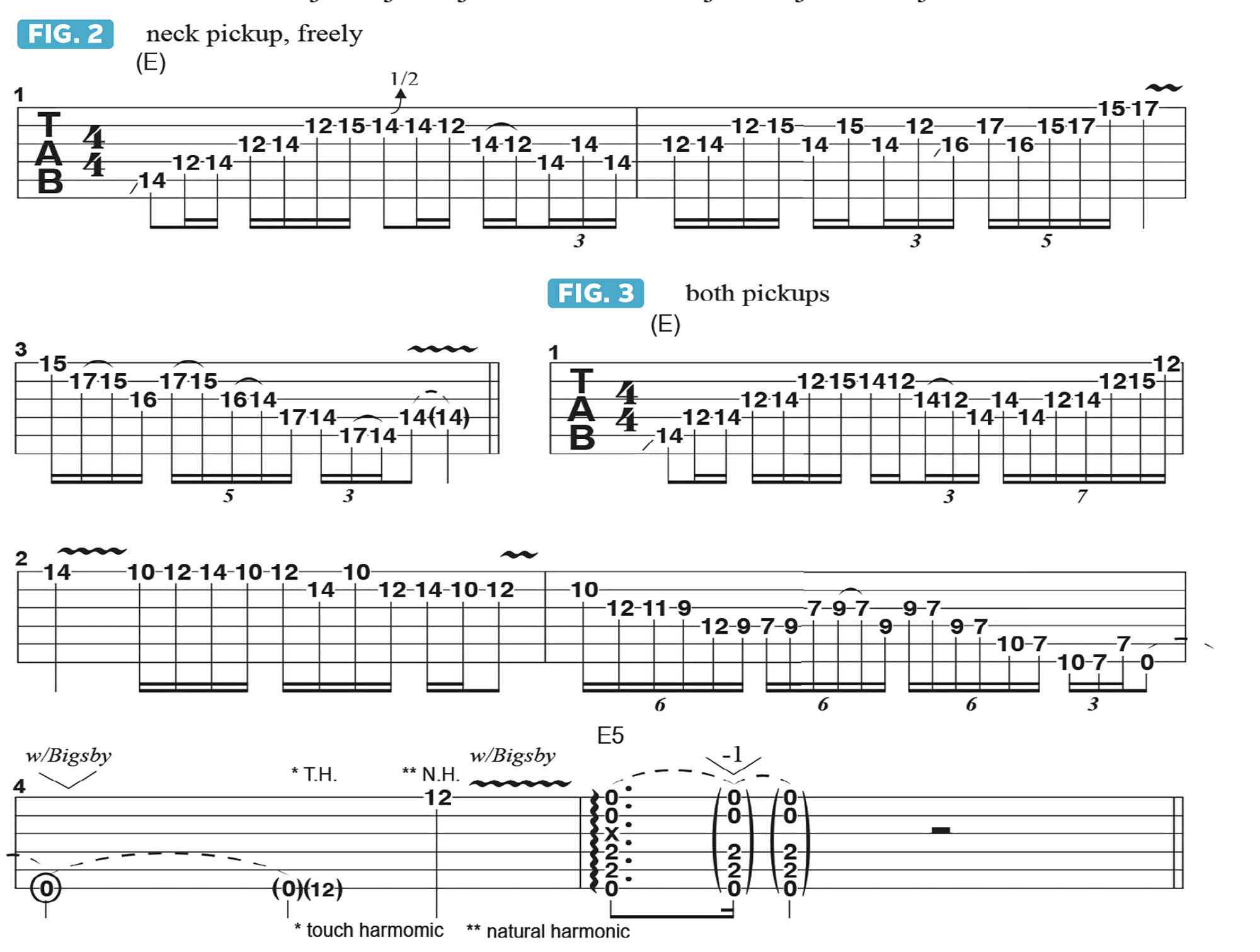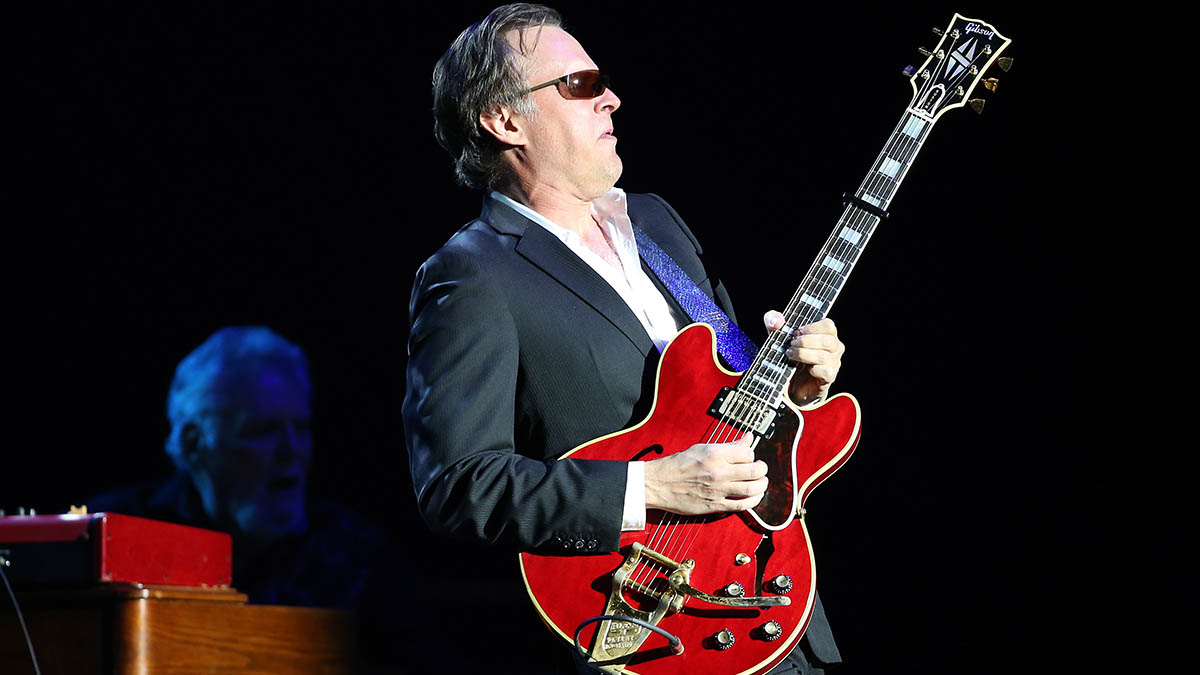“The quest to acquire this instrument resulted in the greatest guitar safari of my life”: Joe Bonamassa shows you why he loves his legendary Bolin ’Burst, and shares his favorite licks to play on the iconic Les Paul
The blues maestro puts the fabled 1960 Gibson Les Paul Standard through its paces in this exclusive lesson
This month, I’d like to talk about the utterly unique Tommy Bolin 1960 Gibson Les Paul. It took me a decade to find this guitar, which makes it the object of my greatest “guitar safari” of all time!
The iconic Tommy Bolin, one of rock’s greatest guitarists and known for his work with the band Zephyr, the James Gang, Deep Purple, Billy Cobham and as a solo artist and performer with other artists, used this guitar in just about every one of these musical situations throughout his career.
The guitar did not belong to Tommy; it was owned by his guitar tech, David Brown, who bought it in 1966 for $150. David lent Tommy the instrument to use all the way back in the Zephyr days, after Tommy’s own goldtop Les Paul had been stolen.
Tommy sadly died of a drug overdose in 1976, and the guitar ended up in Moab, Utah, as David went back to his hometown after Tommy’s passing. Because Tommy was primarily a Stratocaster player, he and David had found a Bigsby tremolo unit from a Fender Telecaster and they jammed it onto this Les Paul, necessitating a ground wire that runs from the bridge pin to underneath the neck volume knob.
One of the most distinctive things about this guitar is the pickguard, which was hand-painted by David in an American flag design. There’s a little part of the paint that’s scratched off; when Tommy performed with Zephyr on the TV show American Bandstand, one of the producers went to Dick Clark and said, “Hey, that long-haired hippy guitarist has the word, ‘Fuck’ on his guitar!” So they made him scratch it off!
When I play this guitar live, I use a replica pickguard made for me by Tony at Pick Guardian, because I would never want to damage the paint and the patina on the original guard.
In Figure 1, I have the guitar set on the bridge pickup, and, like all really good 1960 Les Pauls, the sound is huge – fat but with a ton of high-end bite, with “Bluesbreaker”-like tonal characteristics. It screams!
All the latest guitar news, interviews, lessons, reviews, deals and more, direct to your inbox!
These riffs are in the key of E and based primarily on the E minor pentatonic scale (E, G, A, B, D), with occasional use of the major 3rd, G#, and the major 2nd, F#. In Figure 2, I switch to the neck pickup, and the sound is very warm and absolutely clear as a bell.
Figure 3 presents licks played with the toggle switch in the middle position, engaging both pickups. I utilize more of a modal approach here, with lines based on E Dorian (E, F#, G, A, B, C#, D).
In bars 4 and 5, I use the Bigsby vibrato arm to effect a slight dip on the open low E note, followed by a 12th-fret “touch” harmonic then a natural harmonic at the high E string’s 12th fret.
So, it’s the one! It’s a “tomato soup” 1960 sunburst Les Paul, very flame-y, with a slim-tapered neck. The quest to acquire this instrument resulted in the greatest guitar safari of my life.
For any of you treasure hunters out there, there’s a rumor that the money I gave David for the guitar, before he passed away, is buried somewhere in the desert near Moab, Utah.
Joe Bonamassa is one of the world’s most popular and successful blues-rock guitarists – not to mention a top producer and de facto ambassador of the blues (and of the guitar in general).



